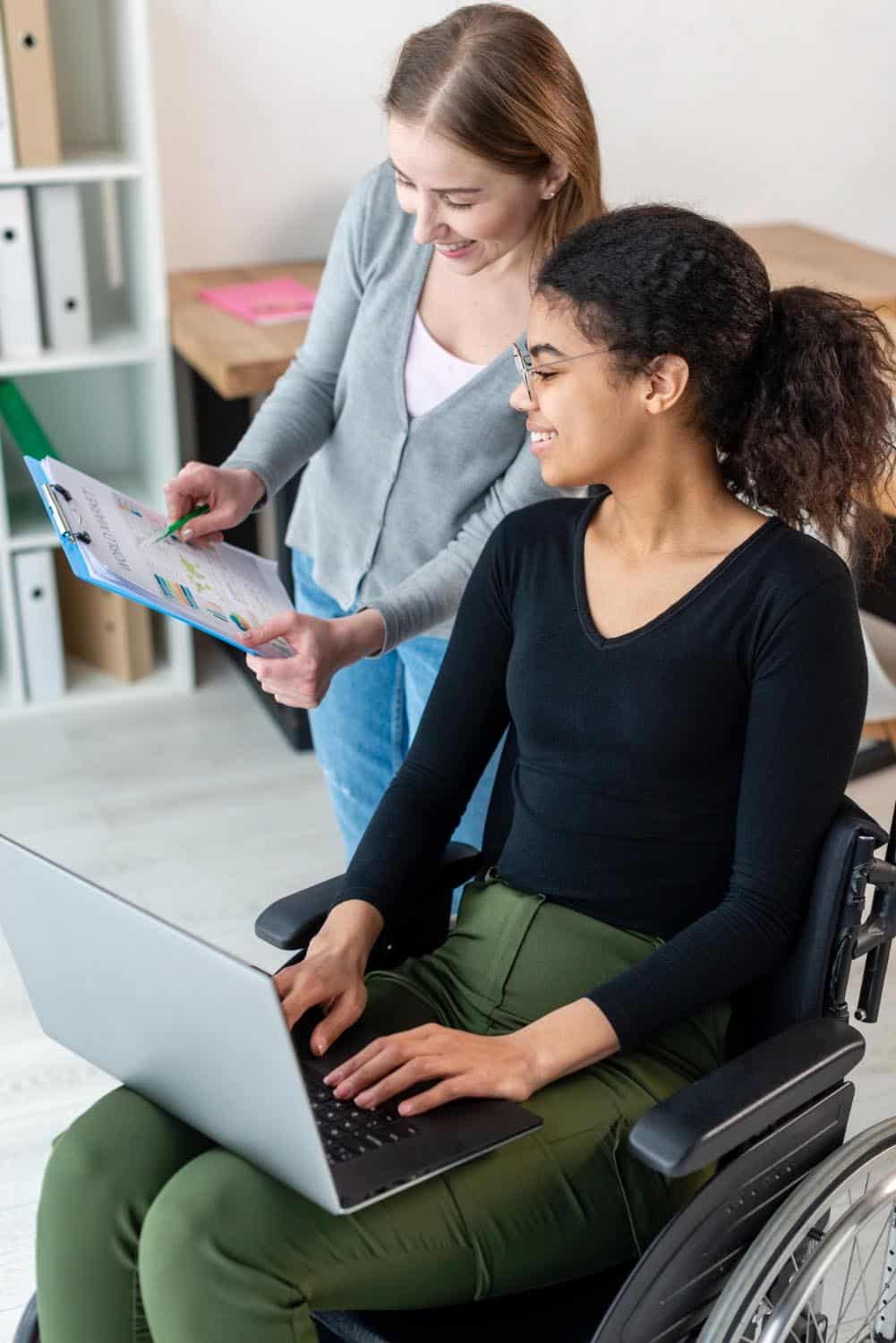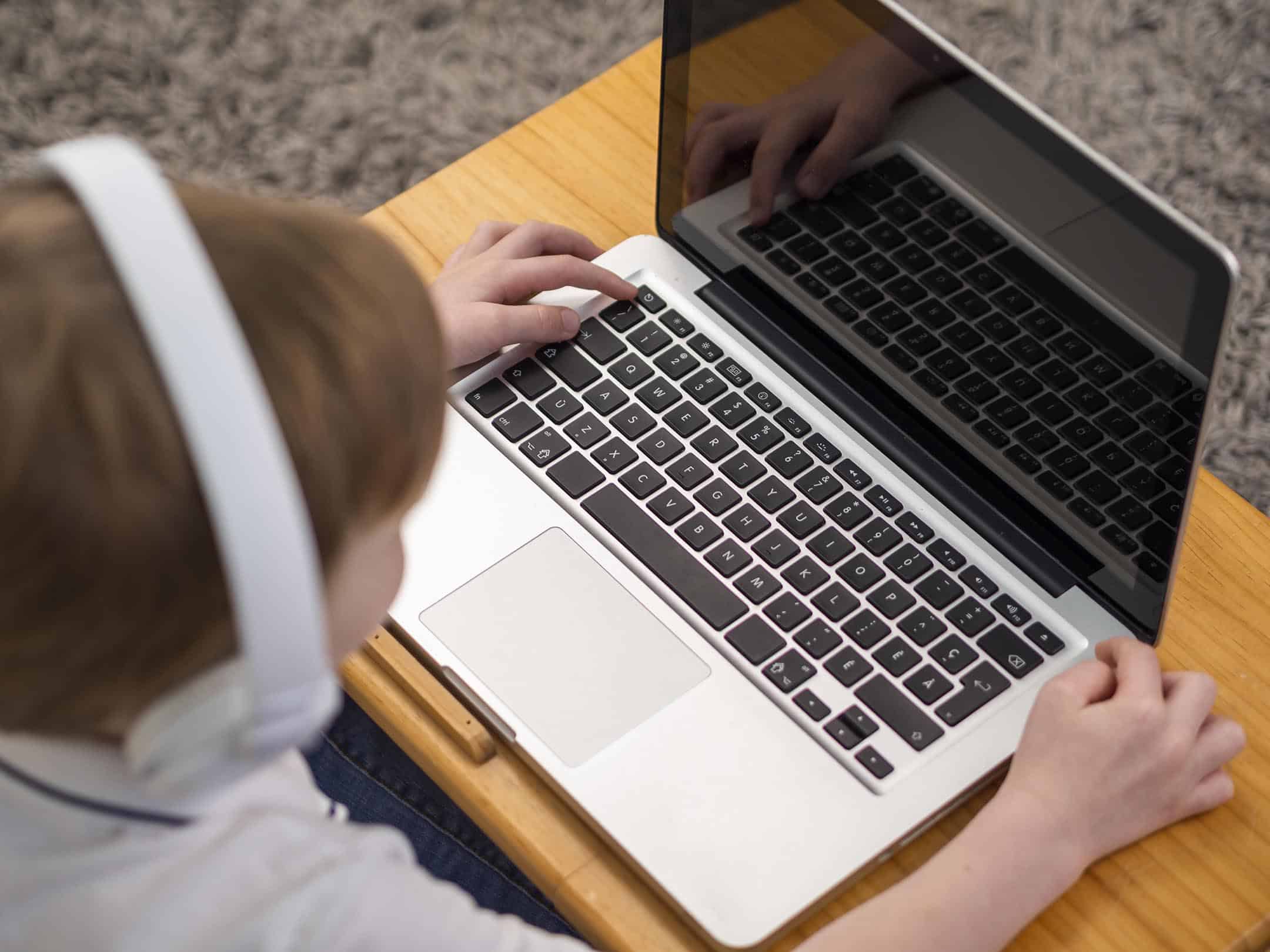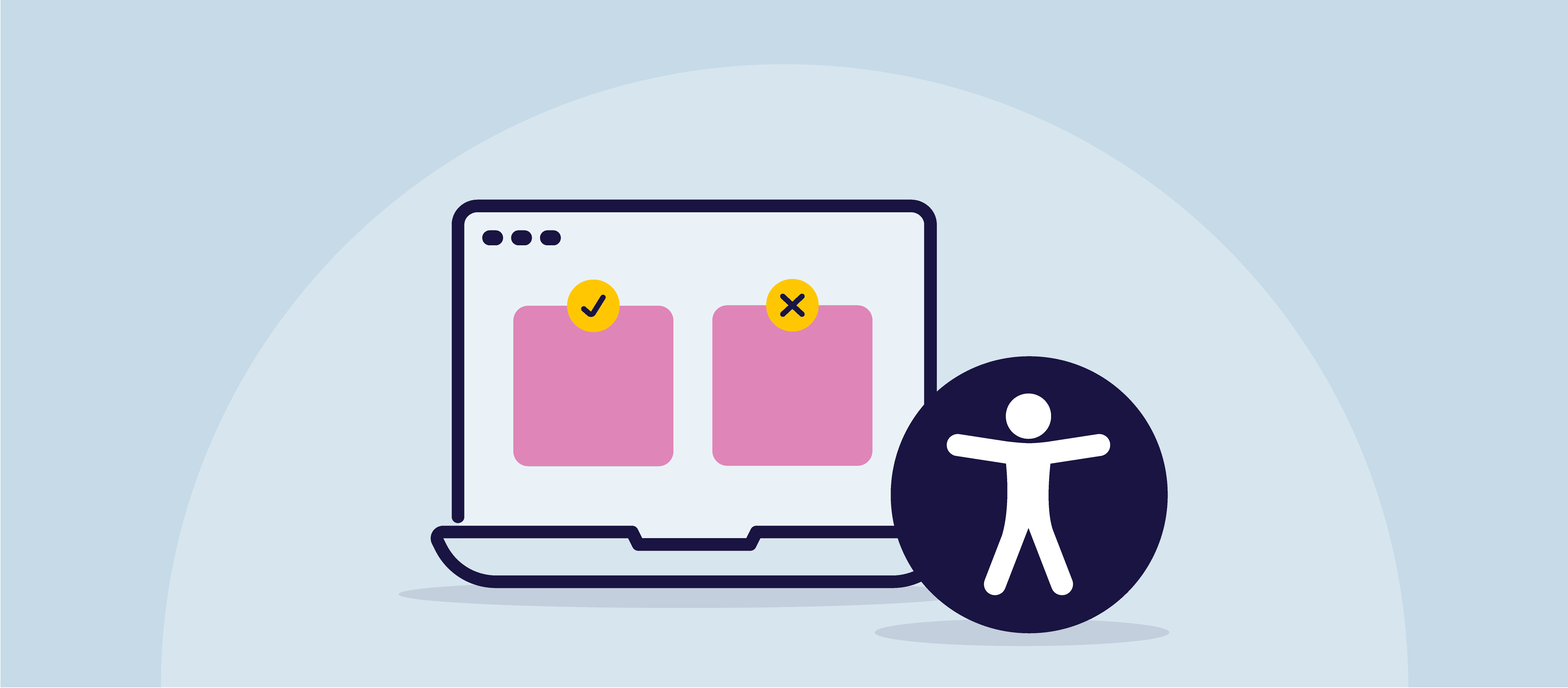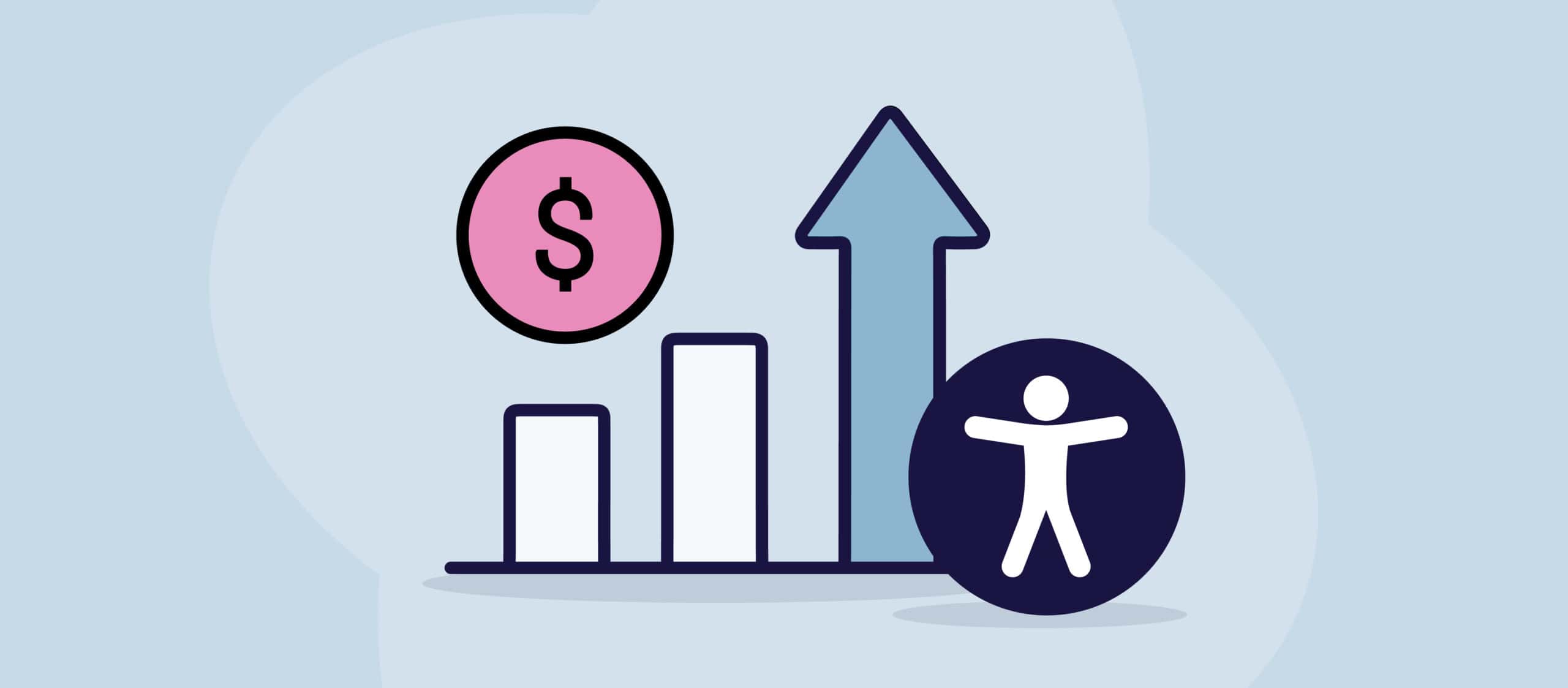Picture this: a bright student sits down to complete their assignment, eager to dive into the day’s reading. They open their laptop, launch their screen reader, and navigate to the course materials. But instead of accessing the content, they’re met with a wall of incomprehensible text; unlabeled images, broken navigation, and formatting that makes no sense to assistive technology. What should have been a straightforward learning experience becomes an exercise in frustration.
This scenario plays out in classrooms across the world every single day. While we’ve made tremendous strides in recognizing that every student deserves equal access to education, we often still fall short when it comes to the digital materials that have become the backbone of modern learning.
Digital education promised to be transformative. Online platforms, shared documents, and digital resources are supposed to break down barriers and create more flexible, accessible learning environments. In many ways, they have. But for students who rely on assistive technologies, such as screen readers, voice recognition software, or alternative input devices, the digital revolution has sometimes created new obstacles instead of removing old ones.
When Access Becomes the Real Assignment
Think about what happens when a student can’t access their course materials. It’s not just about missing information, though that’s certainly part of it. It’s about being excluded from the fundamental act of learning itself. When a student struggles to navigate a poorly structured PDF or can’t understand an image without a proper description, they’re not just missing content. They’re missing the opportunity to engage, to contribute their unique perspective, and to demonstrate their knowledge.
The ripple effects extend far beyond a single assignment. Students who consistently encounter inaccessible materials often find themselves falling behind, not because they lack the ability to understand the subject matter, but because they’re spending their energy fighting with the format instead of focusing on the content. Over time, this can lead to a devastating erosion of confidence, where students begin to internalize these systemic failures as personal shortcomings.
However, what’s remarkable is that when we get accessibility right, the benefits extend far beyond the students who specifically require these accommodations. Clear document structure helps everyone navigate complex information more easily. Descriptive headings and logical organization benefit students with dyslexia, ADHD, or simply different learning preferences. Flexible formatting options support students who need to adjust text size, contrast, or reading speed. What starts as an accommodation for some becomes an enhancement for all.
When we design learning materials with accessibility in mind from the start, we’re not adding an extra layer of complexity. We’re creating resources that are more usable, more flexible, and more effective for everyone who encounters them.
The Digital Learning Landscape: Promise and Pitfalls
The shift toward digital learning has accelerated dramatically in recent years, transforming how we think about education delivery. Lecture slides are shared through learning management systems, assignments are distributed as downloadable PDFs, and collaborative work happens in shared online documents. This digital-first approach opens up incredible possibilities for personalized learning, remote education, and resource sharing.
Yet, this transformation has also highlighted a critical gap in how we approach educational equity. Legal frameworks, such as the Americans with Disabilities Act, establish clear expectations for accessibility in educational settings. These aren’t suggestions or aspirational goals, but legal requirements that recognize accessibility as a fundamental right, not a courtesy.
But compliance alone isn’t enough to drive meaningful change. The real urgency comes from understanding that today’s students are digital natives who expect to engage with learning materials across multiple platforms and devices. When educational institutions can’t meet students where they are with accessible, well-designed content, they’re not only failing to meet legal standards but also failing to fulfill their educational mission.
The stakes are particularly high in higher education, where students are preparing for careers in an increasingly digital workplace. If we’re not teaching students to create accessible content themselves, we’re sending them into professional environments where they may inadvertently perpetuate the same barriers they encountered as learners.
Bridging the Gap Between Good Intentions and Real Impact
Walk into any faculty meeting or professional development session, and you’ll find educators who genuinely care about supporting all their students. The desire to create inclusive learning environments is widespread and sincere. Yet there’s often a significant disconnect between these good intentions and the day-to-day reality of content creation.
Part of the challenge is knowledge-based. Many educators are unaware of what makes a document accessible or how their content creation choices impact students who use assistive technology. They might understand the importance of accessibility in abstract terms but lack the practical knowledge to implement it effectively.
There’s also a structural component to this challenge. In many institutions, accessibility is treated as a specialized function, something that falls under the purview of IT departments or disability services offices. While these teams play crucial roles in supporting accessibility initiatives, this approach can inadvertently create the impression that accessibility is someone else’s responsibility rather than an integral part of good teaching practice.
The reality is that most accessibility barriers are created during the content creation process. When a faculty member uploads a scanned PDF without text recognition, creates a presentation with decorative images that lack descriptions, or designs a handout that relies solely on color to convey important information, they’re making choices that will determine whether their materials are accessible or not.
Meanwhile, the support staff who are tasked with “fixing” accessibility issues after the fact often find themselves overwhelmed. A single accessibility coordinator might be responsible for reviewing hundreds of documents across multiple departments, trying to retrofit accessibility into materials that weren’t designed with it in mind. Even with the best intentions and adequate resources, this reactive approach is neither sustainable nor effective.
Empowering Content Creators: The Inside-Out Approach
The most effective path toward widespread accessibility in education starts with empowering the people who create content every day. When faculty members, instructional designers, and support staff understand the basics of accessible design and have the tools to implement it seamlessly, accessibility becomes a natural part of the content creation process rather than an afterthought.
This direction doesn’t require everyone to become an accessibility expert overnight. Most accessibility improvements stem from understanding and consistently applying a relatively small set of principles. When educators learn to structure their documents with proper headings, they’re not just making their content more accessible to screen readers; they’re creating materials that are easier for all students to navigate and understand.
Consider the impact of writing meaningful descriptions for images and graphics. This practice helps students who struggle to see the visual elements, but it also forces content creators to think more deliberately about why they’re including specific visuals and what information those visuals are intended to convey. The result is often a more purposeful, pedagogically sound use of visual elements.
Similarly, when educators learn to create tables that work well with assistive technology, they’re developing skills in clear data presentation that benefit all readers. When they understand how to make links descriptive and meaningful, they’re improving the user experience for everyone who encounters their content.
The key is to integrate these practices into existing workflows, rather than treating them as additional steps. When accessibility considerations are built into the templates, tools, and processes that educators already use, they become invisible parts of good content creation rather than burdensome add-ons.
Building Accessibility Into the Learning Experience
There’s also tremendous potential in teaching students how to create accessible content themselves. In higher education settings, this becomes part of digital literacy—a skill set that’s increasingly valuable in professional contexts. Students who learn to create accessible presentations, documents, and digital media are better prepared for careers where inclusive design is both an ethical imperative and a practical necessity.
At the K-12 level, incorporating accessibility into digital literacy curricula serves multiple purposes. It teaches students technical skills while also fostering empathy and awareness of different ways people interact with information and technology. When students learn to consider diverse users in their own content creation, they’re developing habits of inclusive thinking that extend far beyond the classroom.
This approach also helps normalize accessibility as a standard part of good design rather than a special accommodation. When creating accessible content becomes as routine as checking spelling or formatting citations, we’ve achieved a fundamental shift in how accessibility is perceived and valued.

From Policy to Practice: Making Accessibility Visible
Most educational institutions already have accessibility policies in place. These policies are important as they establish institutional commitment and provide frameworks for accountability. But policies alone don’t change day-to-day practices or shift institutional culture.
Real change happens when accessibility becomes visible and supported throughout the institution. This shift involves incorporating accessibility into faculty development programs, providing clear guidance within learning management systems, and integrating accessibility considerations into student orientation and training programs.
Some institutions are finding success with incremental approaches—building accessibility features into course templates, providing faculty with simple checklists for document review, or offering quick scanning tools that can identify common accessibility issues. These practical supports make it easier for busy educators to incorporate accessibility into their existing workflows.
Other institutions are adopting more comprehensive approaches, linking accessibility to broader initiatives focused on student success and inclusive learning. They’re recognizing that accessibility isn’t just about compliance, it’s about creating learning environments where all students can thrive and succeed.
What these successful approaches have in common is a shift in mindset. Instead of treating accessibility as a compliance requirement or a specialized technical function, they’re positioning it as an integral part of good teaching and student support. They’re moving from “someone else’s job” to “everyone’s responsibility.”
A Collective Commitment to Change
Creating truly accessible learning environments requires effort from everyone involved in the education process.
- Faculty members need support and training to create accessible content.
- IT teams need to prioritize accessibility in their technology choices and implementations.
- Administrators need to allocate resources and create policies that support accessibility initiatives.
- Accessibility professionals need to work collaboratively rather than in isolation.
But perhaps most importantly, we all need to recognize that the people who create educational content every day, faculty members writing syllabi, instructional designers developing online courses, and teaching assistants creating handouts, are the ones who have the most direct impact on student accessibility. When these content creators view accessibility as an integral part of their role rather than an additional burden, real change becomes possible.
We’re not there yet. Despite years of awareness-raising and policy development, too many students still encounter barriers that prevent them from fully participating in their education. But every accessible document, every inclusive design choice, and every moment of accessibility awareness brings us closer to learning environments where all students can succeed.
The goal isn’t perfection, it’s progress. It’s about building a culture where accessibility is valued, supported, and consistently practiced. It’s creating educational experiences that work for everyone, not just those who fit a narrow definition of “typical” learners.
This is work that matters, not just because it’s the right thing to do, but because it makes education better for everyone involved. When we commit to accessibility, we’re committing to the fundamental principle that every student deserves the opportunity to learn, grow, and succeed. And that’s a commitment worth making.


